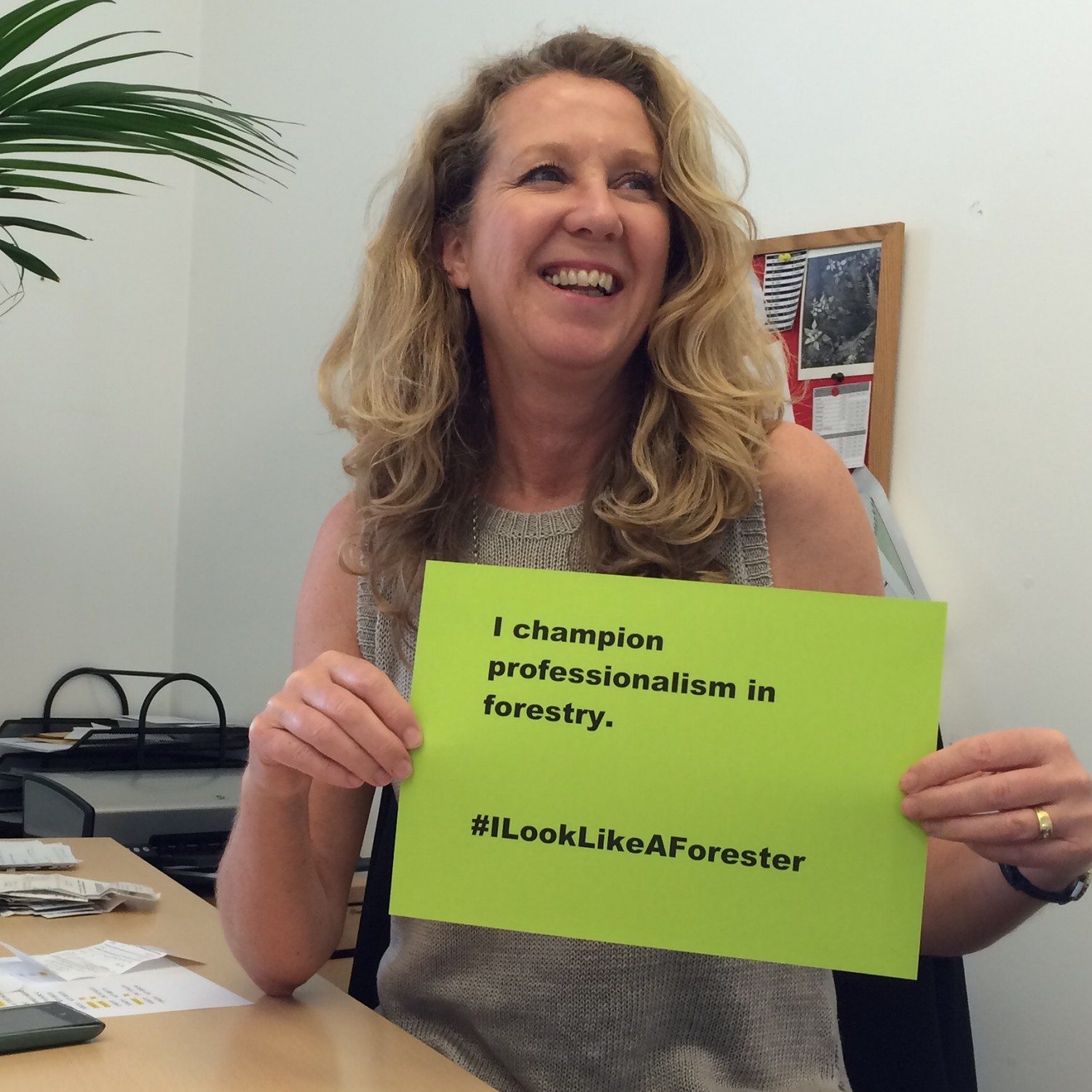As social media matures and finds an acceptable place in our everyday lives, I am struck by the number of Membership Associations that are not using social media, whatever the platform, effectively. I am not alone – 50% of the respondents to the Harnessing The Web 2015 survey rated their organisation’s social media presence as 5 or less, out of 10. 1
As Membership Associations we need to improve. In the UK alone, the average time a person spends online each month is 31 hours and 19 minutes, and that’s just PC and laptop use – these figures don’t include mobile browsing. At least the Harnessing The Web 2015 survey reveals nearly two-thirds of Membership Associations surveyed plan to increase their social media presence in the next 12 months.
My weapon of choice is Twitter. I’ve been using Twitter in a personal capacity for more than six years ever since I read an article where the actor, Hugh Jackman 2 challenged his Twitter followers to recommend charities worthy of a donation. A Fundraising Manager at the time, I immediately created a Twitter account in order to make a suggestion, and learnt to embrace a communication channel that enabled me to share engaging stories and connect with donors.
As Membership Manager with the Institute of Chartered Foresters (ICF) nothing has changed – I still want to share stories and connect with members. And that’s where my frustration lies with Membership Associations that are not using social media effectively. Don’t they want to connect with members?
Beyond a personal account I regularly contribute to the Institute of Chartered Foresters Twitter account. Here the rules differ. The organisation has to display personality on Twitter. Yes, the account must be professional, but that doesn’t mean it has to be dry. The ICF Twitter account is not constrained by a stringent social media policy. Common sense prevails and two members of staff manage the account as a resource for members (and potential members). The Twitter feed contains press releases and details of upcoming courses, but will also be interspersed with industry-wide news articles, topical issues, staff whereabouts and importantly, personal 1:1 engagement. An account that is merely a succession of press releases and membership sales pitches will do nothing to attract, engage and retain a follower.
My fundraising background has instilled in me the importance of content in member communication. Marketers refer to this as content marketing, but for me it is simply sharing interesting and engaging stories.
We share our knowledge, and importantly that of our members and provide a platform for members to engage with the Institute. For example, we shamelessly hijacked the #ILookLikeAnEngineer hashtag last month with our own #ILookLikeAForester. Female members were keen to embrace the unofficial campaign to challenge stereotypes in our industry and many engaged with the Institute on Twitter for the very first time.
Twitter allows individuals the opportunity to interact with the Institute on their own terms. For potential members this is important – these potential members can familiarise themselves with your association in privacy, from afar, without any commitment. Equally, I’m certain you will be aware that people will talk about you online, both positively and negatively. Why not then respond quickly and positively to any negative comments? Twitter is the ideal platform to deliver exemplary customer care. If that member’s preferred method of communication is Twitter, then the membership body better be in a position to respond. Perhaps not there and then, and most likely not 24:7, but certainly within an appropriate timeframe.
Similarly, associations should use Twitter to extend the reach of events to larger proportions of the membership. Members who don’t attend can still be included with the use of Twitter walls and other online resources, such as Instagram or Storify. Gone are the days of illegible and incoherent scribbles in the conference notebook, now I tweet key points and conclusions and collate them at the end of the day. Check out my Storify account of a recent conference by way of example.
Twitter provides a communication platform where you can gauge members’ thoughts, passions and concerns. The users are a self-selecting subset of your membership willing to champion your cause. I believe Membership Associations have to engage on Twitter. But engage is the key word if you want to establish a social media presence valued by members.
References.
1 Memberwise. Harnessing the Web Report 2015. http://www.memberwise.org.uk/Pages/HTW2015RESEARCHREPORT.aspx
2 Daily Telegraph, 15 April 2009. http://www.telegraph.co.uk/technology/twitter/5156504/Hugh-Jackman-makes-10000-charity-pledge-on-Twitter.html
[/fusion_builder_column][/fusion_builder_row][/fusion_builder_container]








Leave A Comment